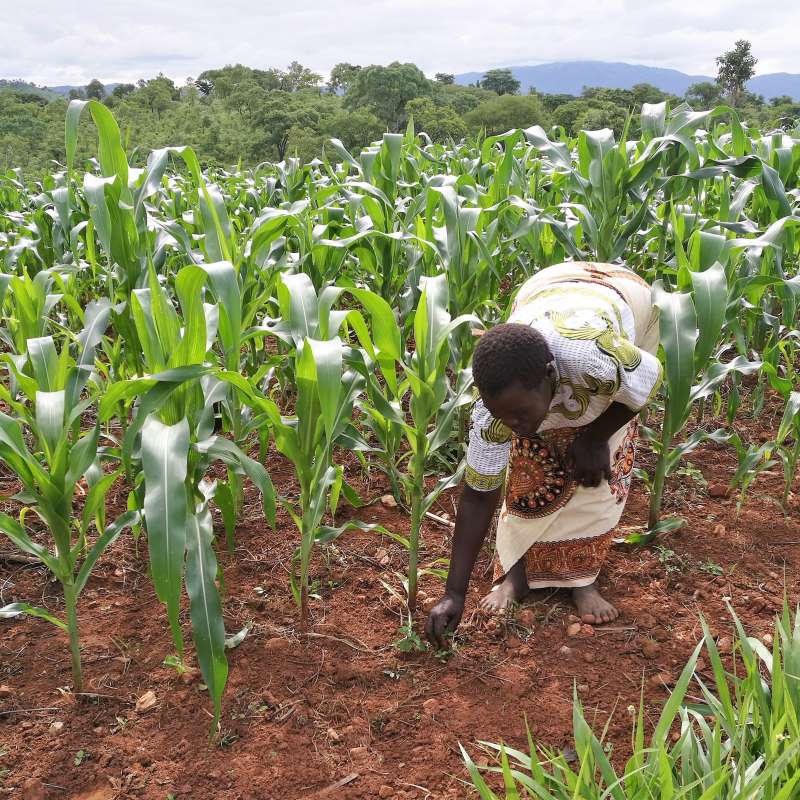Ritter Atoundem Guimapi
Research Scientist
Attachments
CV 2023Biography
Ritter A. Guimapi works as research scientist in the Division of Biotechnology and plant health, under the department of Pests and Weeds in Forestry, Agriculture and Horticulture. His main area of responsibility includes: Mathematical modeling for plant protection; computer-based simulation of insect pest dynamic and their interaction with their beneficial organisms, for use among other things, in warning services.
Ritter’s academic background consists of a PhD in ecological modelling and computer science, a master's in computer science and a bachelor's in mathematics and computer science. He has extensive experience developing models to understand and predict the risk of the dynamics and invasion of various pests across the African and Asian continents. Furthermore, he has many years of international experience using model to explore the effect of both environmental and climatic factors on the dynamics of agroecological processes in relation to plant protection, and to optimize the timing of field implementation of environmentally friendly pest control solutions. Many of these models are integrated into Decision Support System like VIPS (Varsling Innen PlanteSkadegøjøre: https://www.vips-landbruk.no/ ) and are in use to help address pest (insects and plants) management challenges for the wellbeing of smallholder farmers.
Authors
Frank Thomas Ndjomatchoua Richard Olaf James Hamilton Stutt Ritter Atoundem Guimapi Luca Rossini Christopher A GilliganAbstract
No abstract has been registered
Authors
Frank Thomas Ndjomatchoua Richard Olaf James Hamilton Stutt Ritter Atoundem Guimapi Luca Rossini Christopher A. GilliganAbstract
Empirical field data and simulation models are often used separately to monitor and analyse the dynamics of insect pest populations over time. Greater insight may be achieved when field data are used directly to parametrize population dynamic models. In this paper, we use a differential evolution algorithm to integrate mechanistic physiological-based population models and monitoring data to estimate the population density and the physiological age of the first cohort at the start of the field monitoring. We introduce an ad hoc temperature-driven life-cycle model of Bemisia tabaci in conjunction with field monitoring data. The likely date of local whitefly invasion is estimated, with a subsequent improvement of the model’s predictive accuracy. The method allows computation of the likely date of the first field incursion by the pest and demonstrates that the initial physiological age somewhat neglected in prior studies can improve the accuracy of model simulations. Given the increasing availability of monitoring data and models describing terrestrial arthropods, the integration of monitoring data and simulation models to improve model prediction and pioneer invasion date estimate will lead to better decision-making in pest management.
Authors
Komi Mensah Agboka Elfatih M. Abdel-Rahman Daisy Salifu Brian Kanji Frank T. Ndjomatchoua Ritter Atoundem Guimapi Sunday Ekesi Landmann TobiasAbstract
No abstract has been registered

